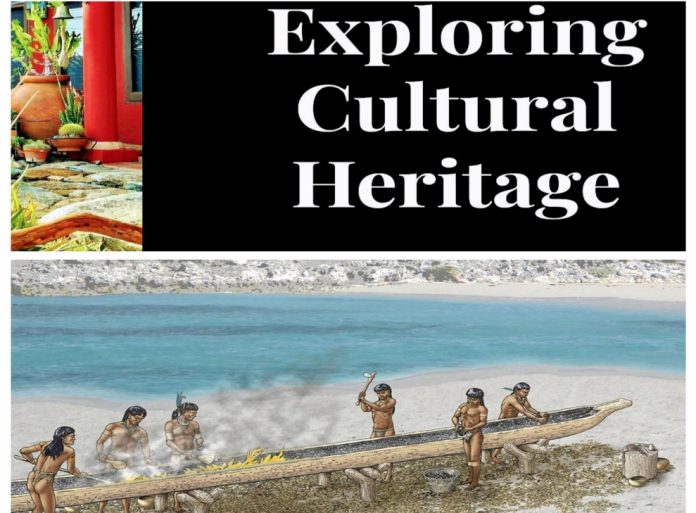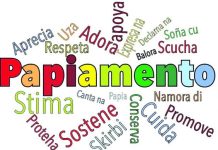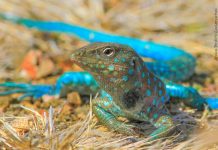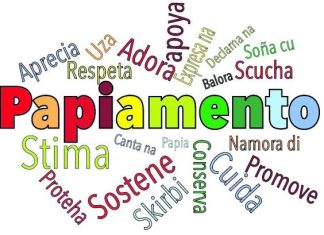Booking a magical glimpse inside Etnia Nativa
Article by Etnia Nativa call us 592 2702 and book your experience!
Etnia Nativa offers a unique native experience opportunity that blends education and entertainment. Share and interact with our exclusive team. Access a private facility and tour a beautiful property made with reused materials collected by its concept developer, top columnist, avocational archaeologist, and island`s cultural expert. Book your visit and dive deep into the navel of Aruba.
In this new episode, Etnia Nativa continues to delve into Aruba’s agro-pottery ancestors, who arrived to the ABC islands by sailing from the South American coast. When Aruba, Curacao, and Bonaire were declared “useless islands” in 1513, some 2,000 Caquetio indigenous people were taken hostage and transported as captives to Hispaniola to work in the mines as slaves. At that moment, these indigenous people presumably comprised a significant part of the island and the Caquetio nation population, made out of nobles and commoners.
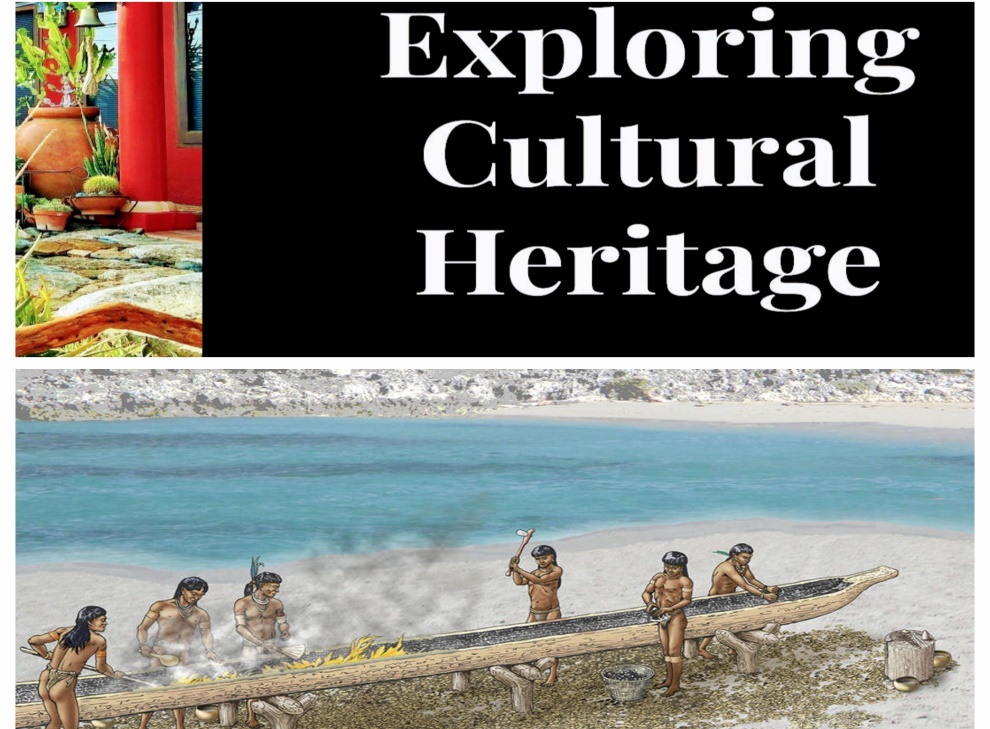
Over time and because of the friendship that had arisen between Juan de Ampies—one of the Spanish conquistadors—and the native ruler, Cacique Manaure, between 150 and 200 noble natives were returned to Aruba and Curaçao to work in the export of Brazilian, kwihi, wayaca, wood, and watapana pods. The origins of those who returned to Aruba and Curacao were mainly high-ranking Caquetíos, related directly to the great Manaure. The most likely scenario is that many of these nobles who were brought back to Aruba from Hispaniola (DR) were taken originally from out of Aruba at that time. This scenario is supported by the fact that some of the descendants of these natives migrated back to the mainland in 1723 to erect the village of El Carrizal and were described as Caquetians originally from Aruba.
The friendship forged between the Spaniards and the chief was a determining reason why the native Arubans converted to the Catholic faith (episode 257, “The Holy Cross”). By the arrival of the Dutch in 1536, a large percentage of the Aruban population was Catholic and received regular visits from Spanish priests who sailed from the mainland. The Dutch occupation banned visits by priests from the mainland and later instituted a ban on the Roman Catholic religion.
During the time of the noble Caquetian ancestors resettled on Aruba, the island flourished. They, like the Caquetian indigenous communities of the continental coast, enjoyed the right to own land as collective property, and under this perspective, Aruba prospered, being completely sustainable at that time.
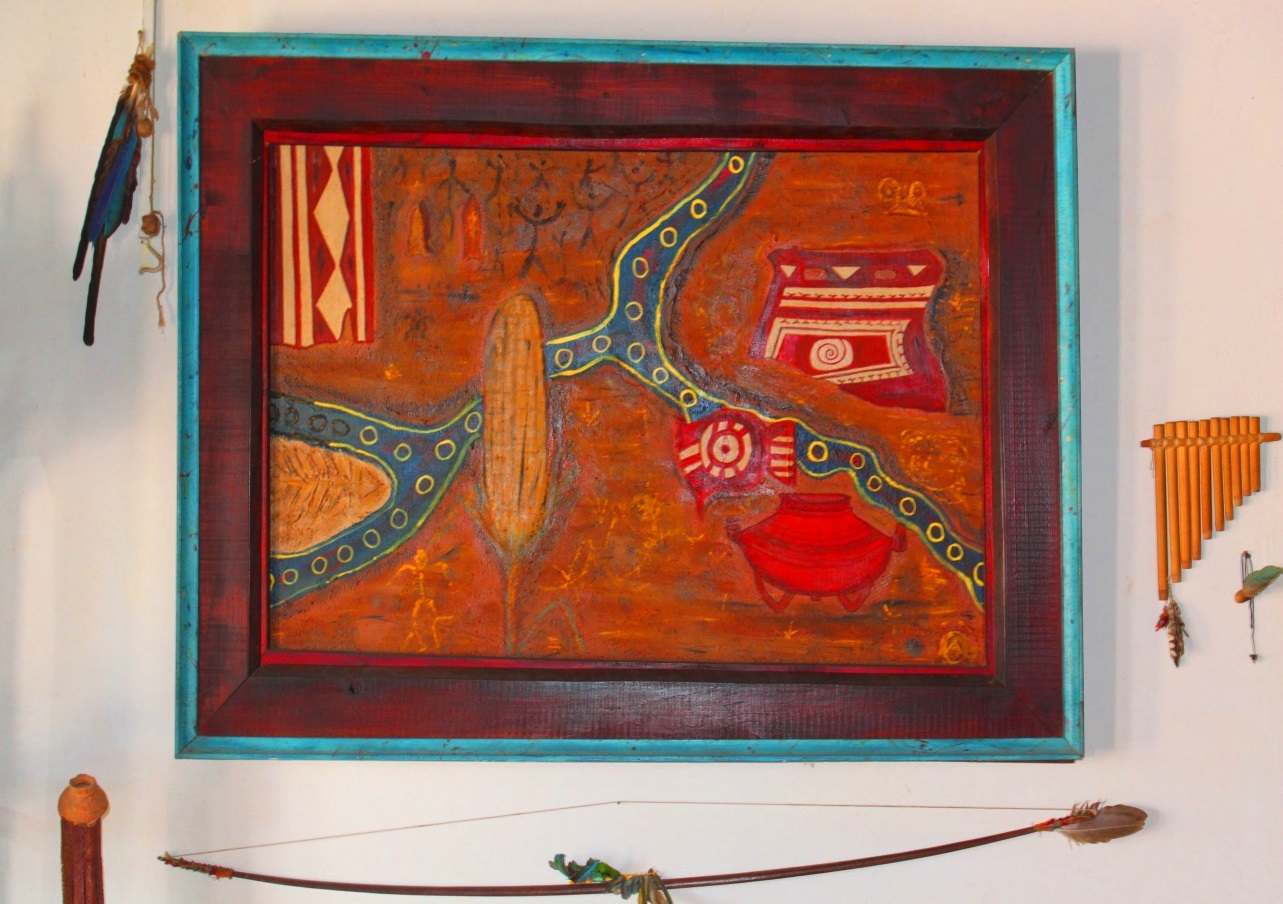
In parallel to this situation, we must imagine that the landscape of Aruba at that time offered much more favorable general conditions than today. Our island was covered with a large amount of vegetation, offering perfect topographic designs that formed part of certain areas of cultivation, where people could walk for hours under extensive forests of Kwihi and Watapana trees, aka Divi-divi trees that blocked the sunlight. There were also coastal mangrove forests, open grasslands or savannas, and a landscape covered with cacti and xerophytes, while other areas were made up of wetlands and salt flats.
The ancestral territories covered a geographical area delimited by permanent sacred, social, economic, and cultural boundaries that enclosed the habitat for the people’s activities. They grew corn, beans, squash, manioc, peanuts, tomatoes, tropical vegetables, fruits, and cotton in their “cunucos.” They used to plant and eat the manioc root in many ways; they made manioc bread, and it was also a nutritive ingredient for stews. In addition, the same ground manioc root was also cooked and used as starch for clothing. However, cultivation in the Cunucos was not the only activity of the island’s ancestors because they also knew how to exploit very well the riches of the mangrove forests and the great variety of shellfish.
There is a very important Aruban ancestral link with the continent due to the proximity to the Paraguaná Peninsula in today’s Venezuela.
If you liked our native stories and are interested dive deeper in learning the true identity of our Aruba, a visit to Etnia Nativa would be a fantastic choice. We have been a trend setting entity since 1994, as a co-founder of projects such as Arikok National Park, the Archaeological Museum, and the Artisan Foundation, among others. Every week, this newspaper will continue to share its valuable knowledge. Don’t miss the opportunity to feel the island’s spirit through our real stories that are not just remembered; they resonate, they’re felt, and they stir souls to the bone. Book your visit: WhatsApp +297 592 2702 etnianativa03@gmail.com


